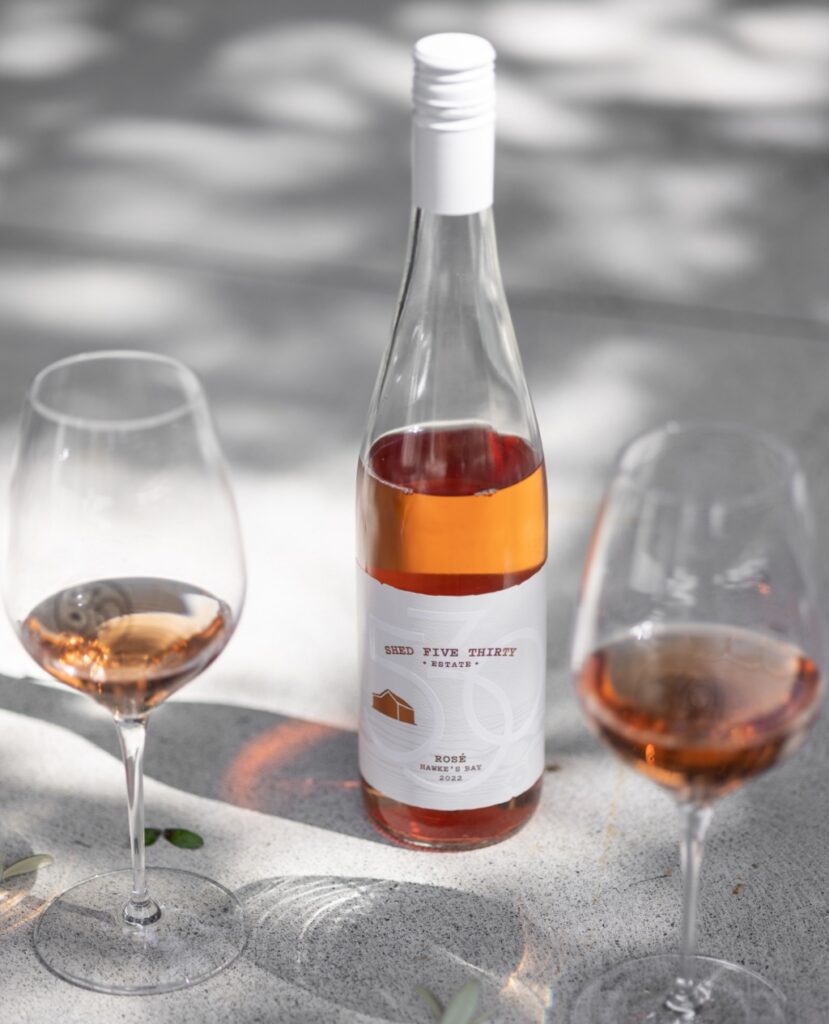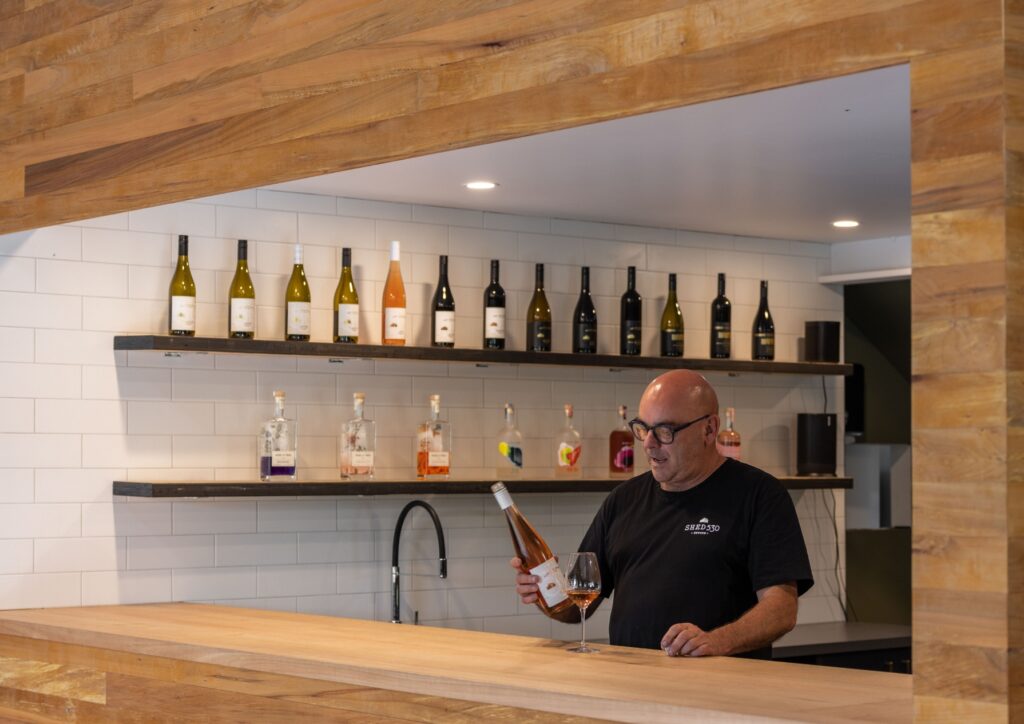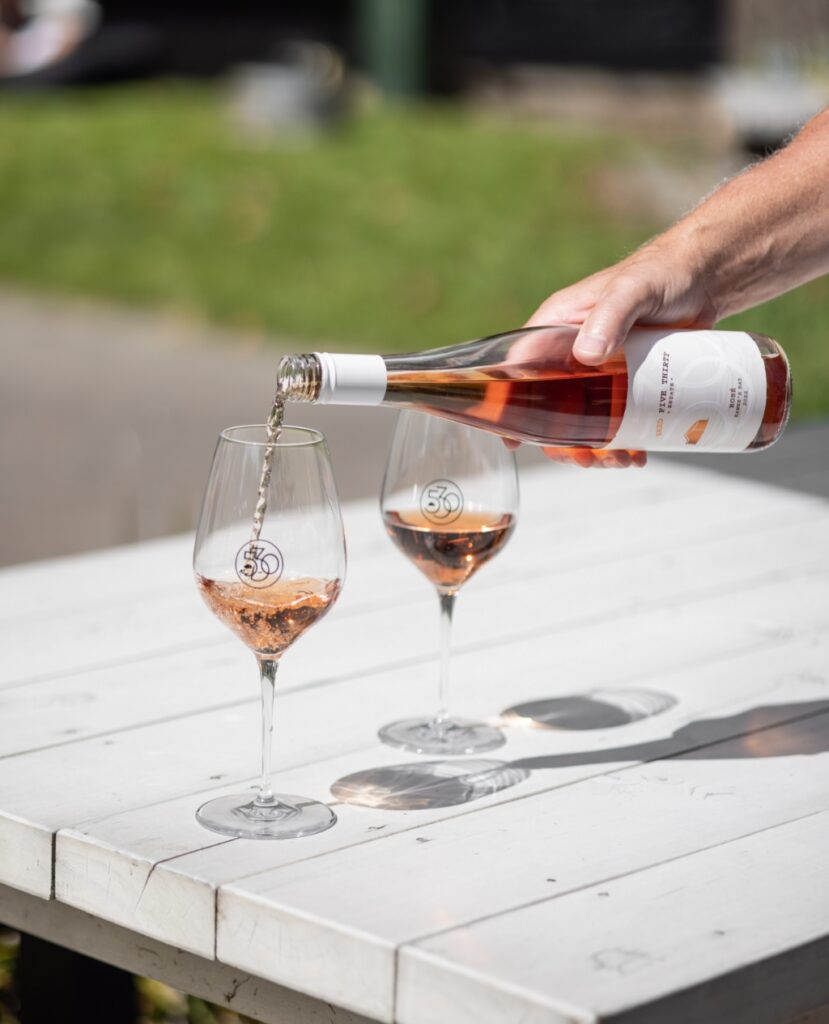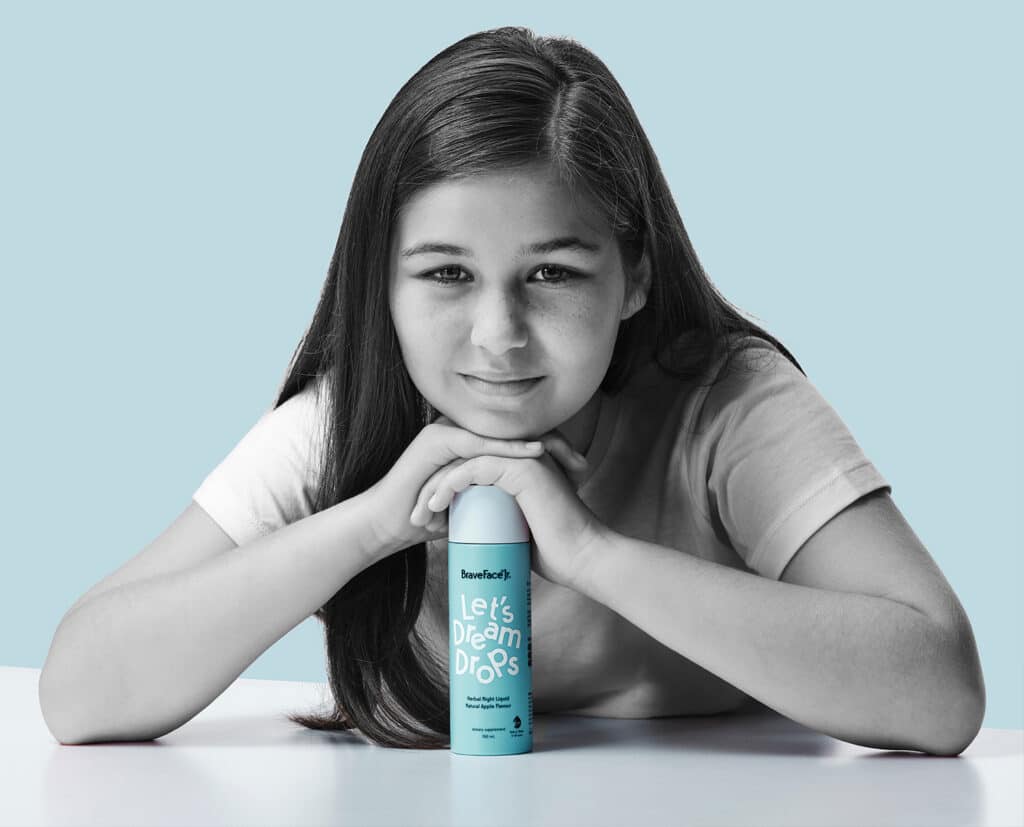
Wine tasting is not about scoring points. It should enlighten the senses, and be a delightful experience for everyone else at the table with you.
While the ceremonial pouring of wine at a cellar door or restaurant can bring forth a sense of anticipation as to whether you will pick up on the forward notes of strawberry and raspberry (in a refreshing rosé) or the aromas of butterscotch and white peach (in a citrusy Chardonnay), wine tasting is not about scoring points. It should enlighten the senses, and be a delightful experience for everyone else at the table with you.
Here, Kel Dixon, Chief Winemaker at Hawke’s Bay newcomer Shed 530, shares a practical guide to help describe the elusive characteristics of wine. Remember, these talking points are to encourage you to think more deeply about what you’re drinking and ensure that you know your stuff as you sniff.l

A Practical – Not Too Posh – Guide to Wine Tasting
Taste is unique to everyone, so you can drink the same wine as someone else and taste something completely different. This is what makes tasting wine with others so interesting. When you first taste wine, you should note its structure, which is made up of three main parts: Bouquet, Mouthfeel, and Finish.
1. “Bouquet”
Otherwise known as ‘on the nose’, the bouquet of the wine is found when you swirl your wine releasing the aromas, stick your nose in the glass and inhale. Now’s your chance. Ask yourself, what aromas can I smell first?
The ‘aroma’ consists of primary, secondary and tertiary profiles, which can take some practice to identify. The primary aroma is the most approachable – it can give you clues as to what grape has been used and is generally of evocative flowers or fruits, depending on the grape variety.
The secondary aroma gives you an indication of how it’s been fermented, with the most common aroma being oak. Once you have mastered this middle ground, the tertiary aroma can tell you about the ageing process. The longer the ageing, the more a wine’s aromas will be influenced by these scents, such as coffee and cocoa or the more earthy mushroom and forest floor.
To give context, Shed 530’s Reserve Hawke’s Bay Syrah 2020 has the primary aromas of dark plum and berry fruit, which is then complemented by dark liquorice and chocolate. The secondary aroma of tobacco and chocolate indicates the wine has been aged in oak and that the Syrah isn’t freshly bottled. Take note.
2. “Mouthfeel”
Now you’re allowed to take a sip! During this precious moment, consider how the wine feels in your mouth. Helpful questions include: Is it heavy or light? What flavours are you experiencing? Are there new flavours that are different from its bouquet?
For example, Shed 530’s Estate Albariño 2022 has a light, fresh and vibrant mouthfeel to complement its aromas and flavours of nashi pears, white spring flowers, and honeysuckle.
3. “Finish”
For the final part of your tentative taste test, you want to think about whether the flavour is long-lasting or does it dissipate quickly on your taste buds? If it has a crisp, dry finish like the aforementioned Albariño, you may like to order another bottle immediately.
The five S’s -see, swirl, sniff, sip, and savour
If you start to get ‘distracted’ as you try another round, all you need to do is remember the five S’s of wine tasting – see, swirl, sniff, sip and savour. You’ll look the part, and the latter will ensure you have a memorable time regardless of your rapport.


See – refers to colour generally with white wine the darker the colour can indicate the grape variety or how it has been aged for example Chardonnay will be much yellower than a Pinot Gris due to the grape variety and it could have also been aged in oak which darkens the colour. Swirl – this allows air to flow through the wine bringing out the aromas and flavour more. Sniff, sip and savour are self-explanatory.

Other helpful terms to describe wine:
Buttery – A buttery wine has a creamy texture, which hits the middle of your tongue like butter and has a very smooth finish. This term can also be used to butter-up the winemaker or sommelier when used accordingly.
Complexity – A complex wine means that – like a complex conversation over a bold red – the flavour changes from the moment you take a sip to the moment you swallow it. While it’s ok to say a wine is complex as is, it’s better to think about how it’s complex – especially if you want to change the conversation.
Earthy – Earthy indicates there are herbaceous notes with less dominant fruit in the wine. An earthy wine tastes like forest floor, mushrooms, or wet leaves, which tastes much better than it sounds.
Fresh – Fresh indicates a young wine with a lively mouthful. It’s like the pucker power of freshly picked strawberries or citrus fruits.
Fruit forward – This describes a wine with strong primary flavours of sweet fruit, such as berries and apricots that hit your taste buds first. And it’s best to be forward when you can taste these easy-to-pick notes.
Mineral – Otherwise known as minerality, this can be explained as flavours that are not attributed to fruit, herbs or spice notes of a wine, but more so earthy notes. A good example of minerality is to think of the smell and taste of crushed rocks or sea salt. A classic New Zealand Sauvignon Blanc is often described as having mineral undertones.
Oaked – An easy one. Oaked wine gets its flavour from oak barrel ageing and tastes and smells like vanilla, caramel, smoke (tobacco), or a nutty aroma.
Robust – A robust wine has a huge flavour that takes up all sections of your mouth and tongue. It implies a certain amount of complexity in the wine’s composition and will have a long-lasting finish. Say no more.
Terroir – pronounced tearwah. This is used when describing the characteristics of taste and flavour given to a wine by its environment. For example, Shed 530’s Sauvignon Blanc comes from a Hawke’s Bay vineyard situated on limestone hills south of Hastings. You can taste flavours of passionfruit, lime and a mineral acidity – typical, and acclaimed, flavours of a Sauvignon grown in this soil type.
Tannin – Tannins come from the skins, stems, and seeds of the grapes used to produce the wine. It is generally more dominant in younger red wines that have yet to have the time to soften up with age.
Vibrant – Vibrancy is associated with the acidity of the wine; the more intense the acidity, the more intense flavours are experienced.




Kel Dixon knows a thing or two about wine. As a seasoned winemaker, he has produced over 30 vintages from home soils across Hawke’s Bay, Marlborough and Canterbury, and abroad in the ever-exquisite wine regions of the South of France. In his current position as Chief Winemaker at Hawke’s Bay newcomer Shed 530, Dixon guides wine enthusiasts through tasting top shelf drops – whether they be budding rosé sippers, savvy about Sauvignon Blanc or the ultimate connoisseurs of Cabernet Franc.










